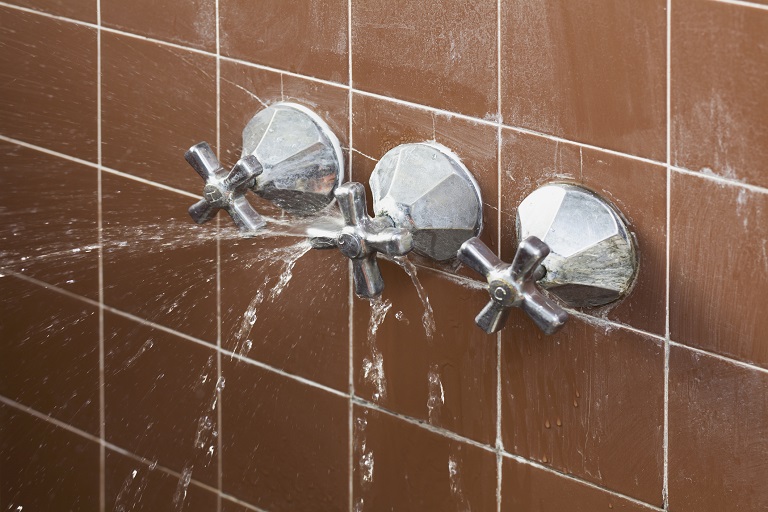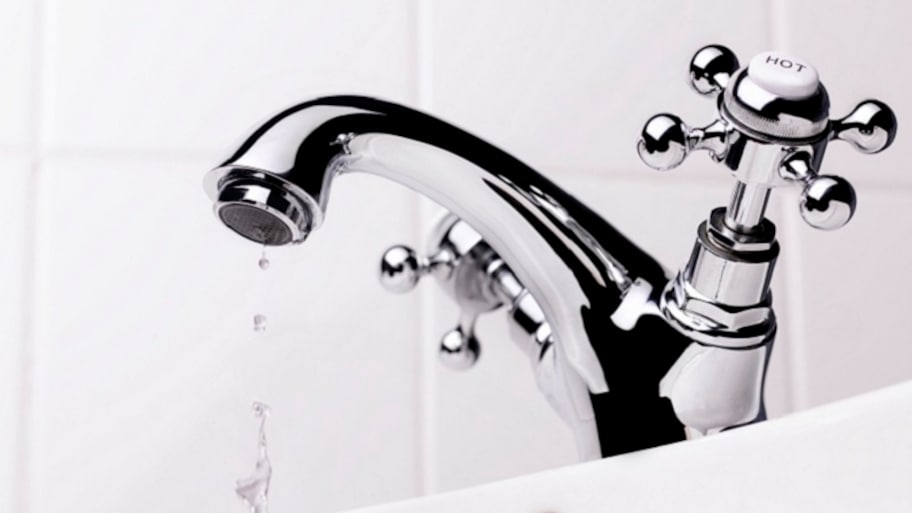Hidden bathroom water leaks often come along with some telltale signs, from a musty smell to a wobbly toilet
A hidden water leak in your bathroom can cause serious plumbing issues and mold if not identified and fixed. In addition to potentially causing expensive damage to the walls or floor, a water leak can raise your water bill. But don’t stress—there are some telltale signs you may have a leak, so you can hire a local plumber to take care of it before things get worse.
1. Musty Smell
Have you noticed an earthy or musty smell in your bathroom lately, even after giving it a good cleaning? Don’t ignore this crucial sign of a potential water leak. (Or worse, simply try to cover it up with flowery air fresheners.) Keep looking for the hidden water leak, from inside your cabinets to behind your faucet, until you find the source.
2. Mildew or Mold
Mold thrives in moist, dark areas. Pipes, which are typically hidden in a wall or under flooring, provide the perfect breeding ground. If you see mold or have an allergic reaction, like irritated eyes or wheezy breath, it’s possible you may have a hidden water leak. Investigate further and make sure to clean mold thoroughly so it doesn’t spread.
Keep in mind that it’s normal for a little mildew to occur wherever water accumulates, such as in the corner of a shower. However, mold or mildew on non-shower walls or in corners of the bathroom are a clear sign that water is leaking somewhere and finding its way to those areas.
3. Damaged Paint or Wallpaper
If you see blistering paint or water stains on your pretty wallpaper, you could have a leak in the bathroom. Look at the floorboards, too. Some are like sponges and a little water damage will cause them to expand and warp quickly.
In most cases, steam from hot showers shouldn't cause paint to bubble or wallpaper to peel away. When water and moisture get between the wall and paint, they weaken the stickiness. You might notice paint begins to fall off in pieces or that wallpaper comes loose. It’s possible to temporarily fix a pipe until you find a plumbing pro who can get there.
4. Damaged Walls
Another sign of a hidden bathroom leak is wall damage. When drywall is exposed to moisture, it becomes soft and begins to bubble. Eventually, it will warp and break into pieces. To fix the leak, a plumber often must tear out the drywall, requiring someone to patch and paint when the plumber is finished. If it’s a bad leak, you’ll want to contact a local emergency plumber right away.
5. Wetness in the Cabinet
The only things you want hidden in your bathroom cabinet are extra rolls of toilet paper and cleaning products. But finding water or moisture in there is a sign of a hidden leak. It might be an easy fix, like tightening a nut, but it could also be a sign a valve needs replacing.

6. Damaged Flooring
If your bathroom floor is buckling, cracking, or beginning to stain—and you didn’t let the bathtub overflow—odds are you have a leak. The water could be from a pipe directly underneath the floor, or it could have traveled there from another area.
You might notice the floor feels soft or spongy. You might even be able to pick up a tile right off the floor. Either way, it needs to get fixed to prevent any further damage.
7. Rocking Toilet
A toilet should feel stable. If it starts to feel like a rocking horse, the wax ring that keeps a water-tight seal between the base and the pipe below is probably worn. If you don't already see wastewater on the floor (and the foul smell to match), it’s likely only a matter of time.
8. Loose Faucet
If the bathroom faucet is loose in your hand, it can allow water to seep into the gaps. To fix the issue, it might be as easy as applying new caulking to make it water-tight again. Of course, a professional plumber can help diagnose the problem to ensure the leak is fixed properly.
9. Stains on Ceilings
If you have a bathroom on a second floor, check the patch of ceiling in the room directly beneath it for stains and signs of water damage. However, because water can travel a long distance, it's possible to find water stains on the ceiling further away.
An occasional wet floor in a second-story bathroom won't cause enough seepage to damage anything underneath it. But any brown, copper or dark stain on the ceiling is a sign of a water leak in the ceiling. A sagging ceiling is a sign that water from a leak is reaching the area.
Found a Bathroom Water Leak? Here’s What You Should Do
Any sign of water where there should be none is something to address ASAP. Knowing where to look (or smell) can help you catch hidden leaks early and prevent damage. A professional plumber can help you diagnose the problem and suggest a fix to ensure no additional damage occurs to your home.





